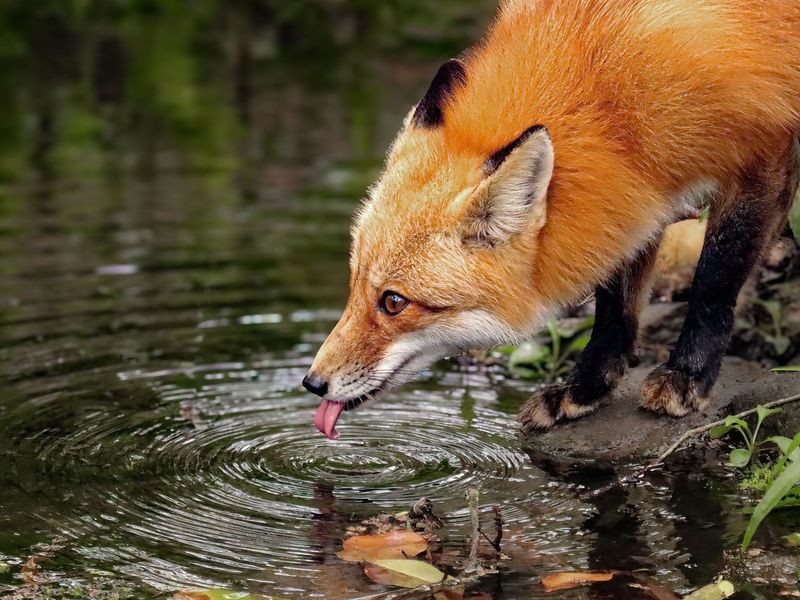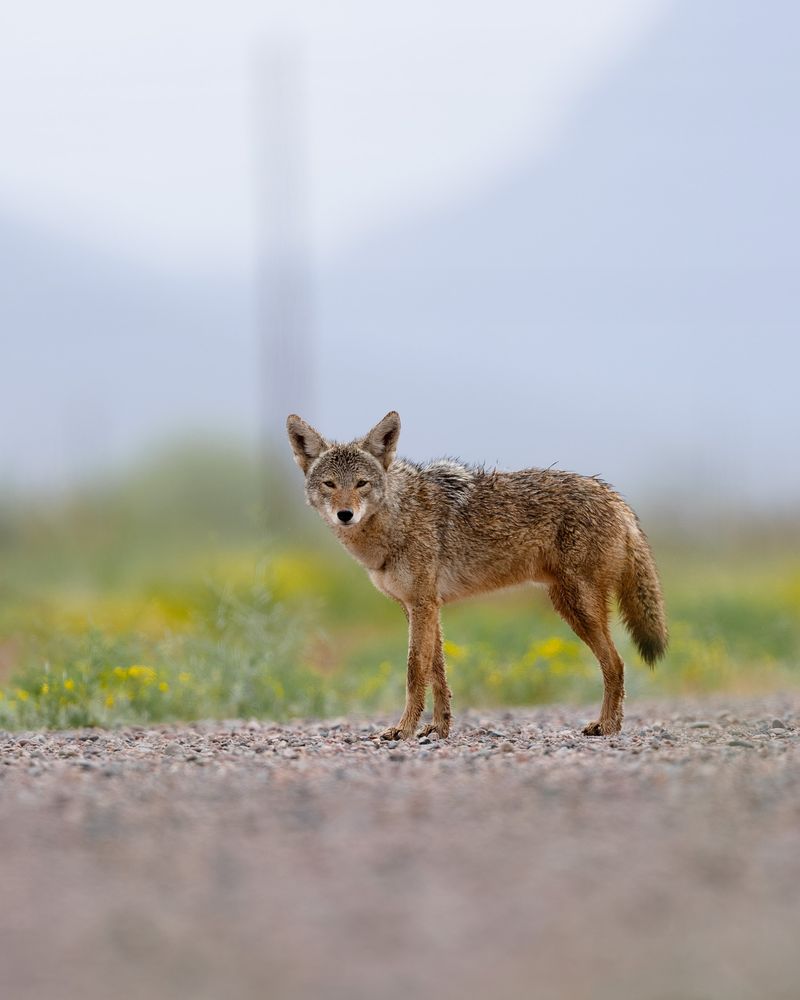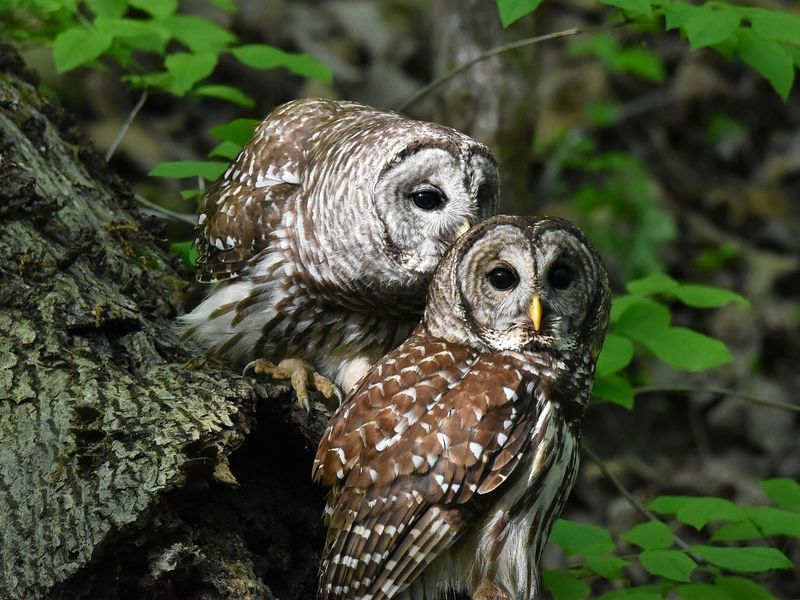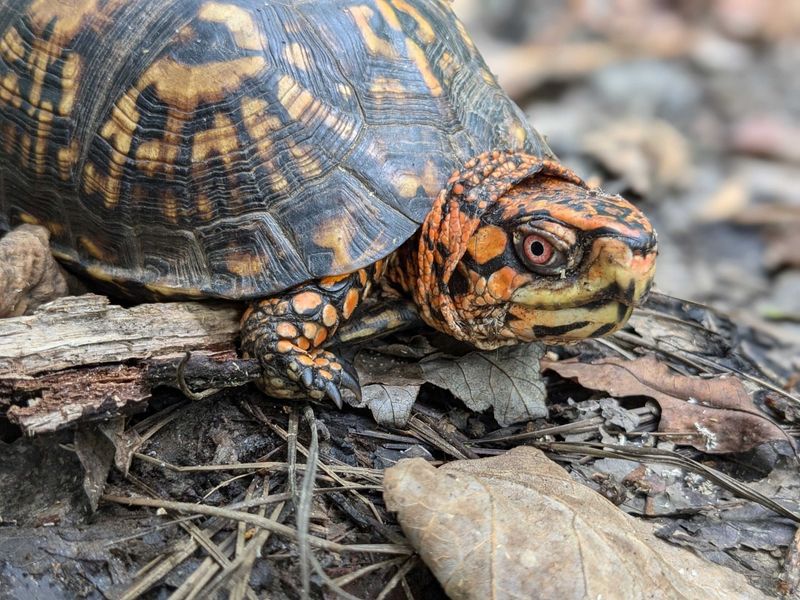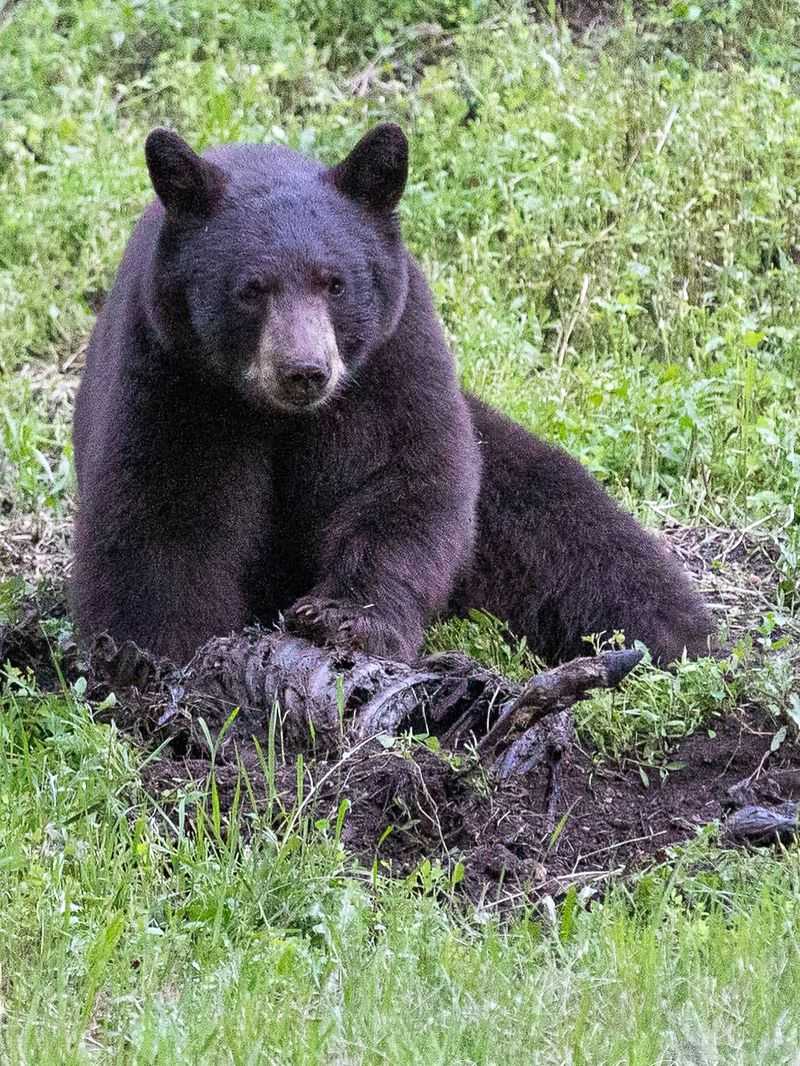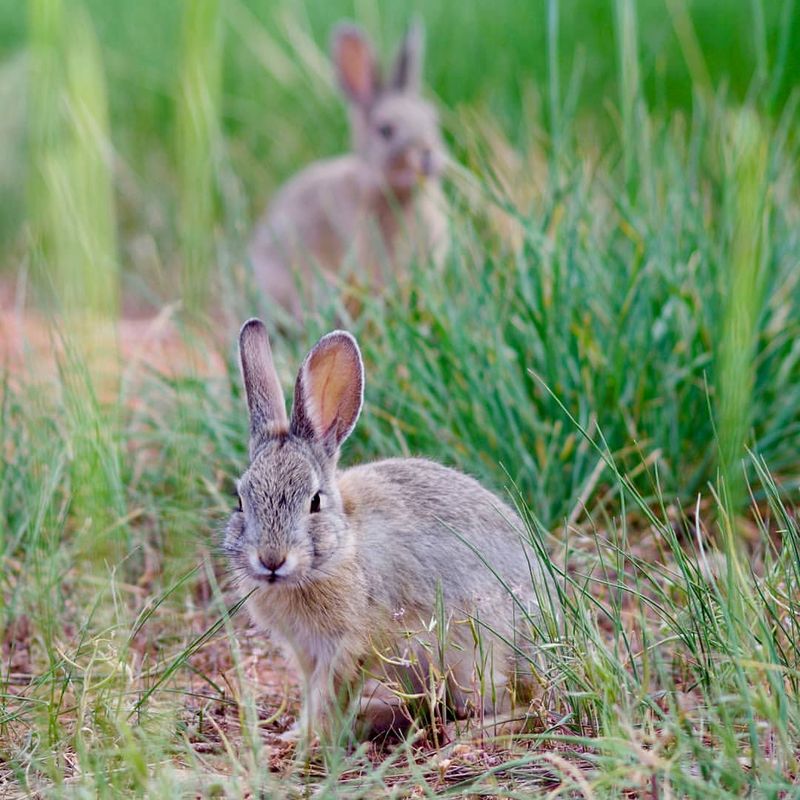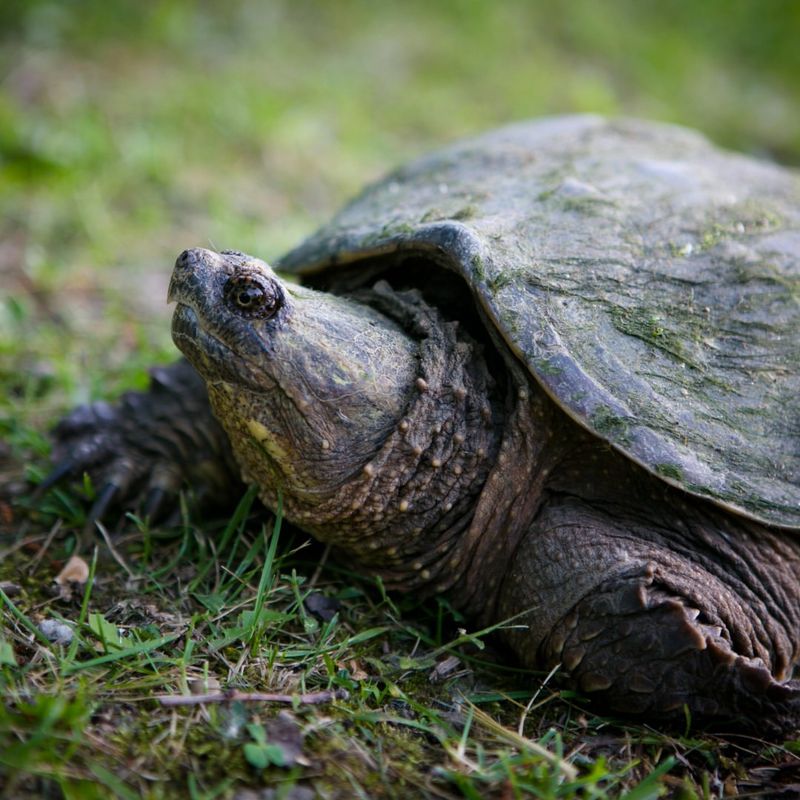North Carolina’s cities are buzzing with more than just human activity. As urban areas expand, wildlife adapts and sometimes thrives right alongside us.
From raccoons rummaging through trash cans to deer grazing in suburban gardens, wild animals have found ways to make our neighborhoods their home too.
1. Crafty Raccoons: Masked Bandits of the Night
Those little paw prints on your deck might belong to one of North Carolina’s most adaptable urban creatures. Raccoons have practically earned honorary city resident status with their problem-solving skills and dexterous front paws.
These masked mammals can open complex latches and remember solutions to problems for up to three years! Urban raccoons tend to be heavier and more numerous than their rural cousins, feasting on our abundant food waste.
2. White-tailed Deer: Graceful Garden Visitors
Morning dew still fresh on the ground, you might spot these elegant creatures nibbling on your hostas. White-tailed deer have adapted remarkably well to suburban landscapes across North Carolina, especially in cities bordered by forests.
Female deer often bring their fawns to safer urban areas with fewer predators. Despite their beauty, a family of deer can devour an entire garden overnight, having particular fondness for tulips, vegetables, and ornamental shrubs.
3. Red Foxes: Surprising Suburban Neighbors
That flash of rusty-red fur darting across your lawn at dusk wasn’t a figment of your imagination. Red foxes have become increasingly common in North Carolina’s cities, adapting their hunting schedules to avoid human activity.
Urban foxes primarily feast on rodents, making them valuable natural pest controllers. Contrary to popular belief, they pose virtually no threat to people or pets larger than rabbits. Many fox families establish dens under decks or sheds, raising their kits right under our noses.
4. Opossums: Nature’s Cleanup Crew
With their rat-like appearance, opossums often get a bad rap. However, these misunderstood marsupials are actually backyard superheroes. A single opossum can devour thousands of ticks each season, significantly reducing Lyme disease risk in your neighborhood.
Their low body temperature makes them resistant to rabies, and they feast on venomous snakes without ill effect. Urban opossums readily nest in brush piles, hollow logs, or abandoned structures, quietly cleaning up fallen fruit and garden pests after dark.
5. Coyotes: Adaptable Urban Predators
Those howls echoing through your neighborhood might be closer than you think. Coyotes have successfully colonized nearly every major city in North Carolina, including Raleigh, Charlotte, and Asheville.
Urban coyotes primarily hunt rodents and rabbits but won’t pass up unsecured pet food or garbage. Smaller than wolves but larger than foxes, these canids typically avoid humans. Coyote families establish territories of 2-5 square miles, often using greenways and stream corridors to travel unseen through urban areas.
6. Eastern Gray Squirrels: Acrobatic Backyard Residents
North Carolina’s state mammal is likely the most visible wildlife in your backyard. These bushy-tailed acrobats have mastered city living, with urban populations sometimes reaching densities ten times higher than in forests.
A single squirrel can bury thousands of nuts annually, remembering their locations with remarkable accuracy. Many of the forgotten nuts sprout into trees, making squirrels natural foresters. Their chattering alarm calls alert all backyard wildlife to potential dangers, creating a neighborhood warning system.
7. Barred Owls: Mysterious Backyard Hunters
“Who cooks for you?” That distinctive hooting call belongs to the barred owl, increasingly common in North Carolina’s wooded suburbs. With wingspans approaching four feet, these silent predators hunt rats, mice, and even small rabbits from neighborhood trees.
Unlike most birds, barred owls have dark eyes and no ear tufts. They’re remarkably tolerant of human activity, sometimes hunting at dusk while families enjoy backyard gatherings. A nesting pair will claim about 700 acres as territory, helping keep rodent populations in check throughout entire neighborhoods.
8. Eastern Box Turtles: Slow-moving Garden Companions
That dome-shaped shell moving through your flower bed belongs to one of North Carolina’s most endearing native reptiles. Eastern box turtles may live 80+ years, sometimes spending their entire lives in an area smaller than a football field.
These omnivorous reptiles help gardens by consuming slugs, snails, and overripe fruits. Their high-domed shells with intricate yellow-orange patterns act like fingerprints—no two are exactly alike. Sadly, road mortality and habitat loss have made these once-common backyard visitors increasingly rare in urban areas.
9. Black Bears: Unexpected Urban Giants
North Carolina hosts one of the highest black bear populations in the eastern United States, and they’re increasingly wandering into suburban areas. While seeing one in central Raleigh might be rare, residents in Asheville and western NC suburbs regularly report bears raiding bird feeders and trash cans.
Despite their imposing size, black bears are naturally shy and prefer avoiding humans. They possess incredible memories for food sources and can smell food from over a mile away. Most urban bear encounters happen in spring when young males are seeking new territory.
10. Eastern Cottontail Rabbits: Garden Nibbling Neighbors
Those perfectly nibbled circles in your garden plants are telltale signs of cottontail rabbits. These prolific breeders thrive in suburban environments where predators are fewer and gardens provide abundant food.
A single female can produce up to 35 young annually! Despite their reputation as garden pests, cottontails play crucial roles in ecosystem health. Their constant grazing helps maintain plant diversity, and they serve as important prey for larger predators like foxes and hawks, keeping the food web balanced in urban environments.
11. Snapping Turtles: Prehistoric Pond Dwellers
That dinosaur-like creature lurking in your neighborhood pond might be a common snapping turtle. With prehistoric-looking shells and powerful jaws, these aquatic reptiles can live 40+ years and grow to 35+ pounds in urban waterways.
Despite their fearsome reputation, snappers rarely bite humans unless directly handled. They’re nature’s cleanup crew, consuming dead fish and aquatic vegetation that might otherwise foul small ponds. Female snappers often venture into residential yards in late spring, searching for loose soil to dig nests.




